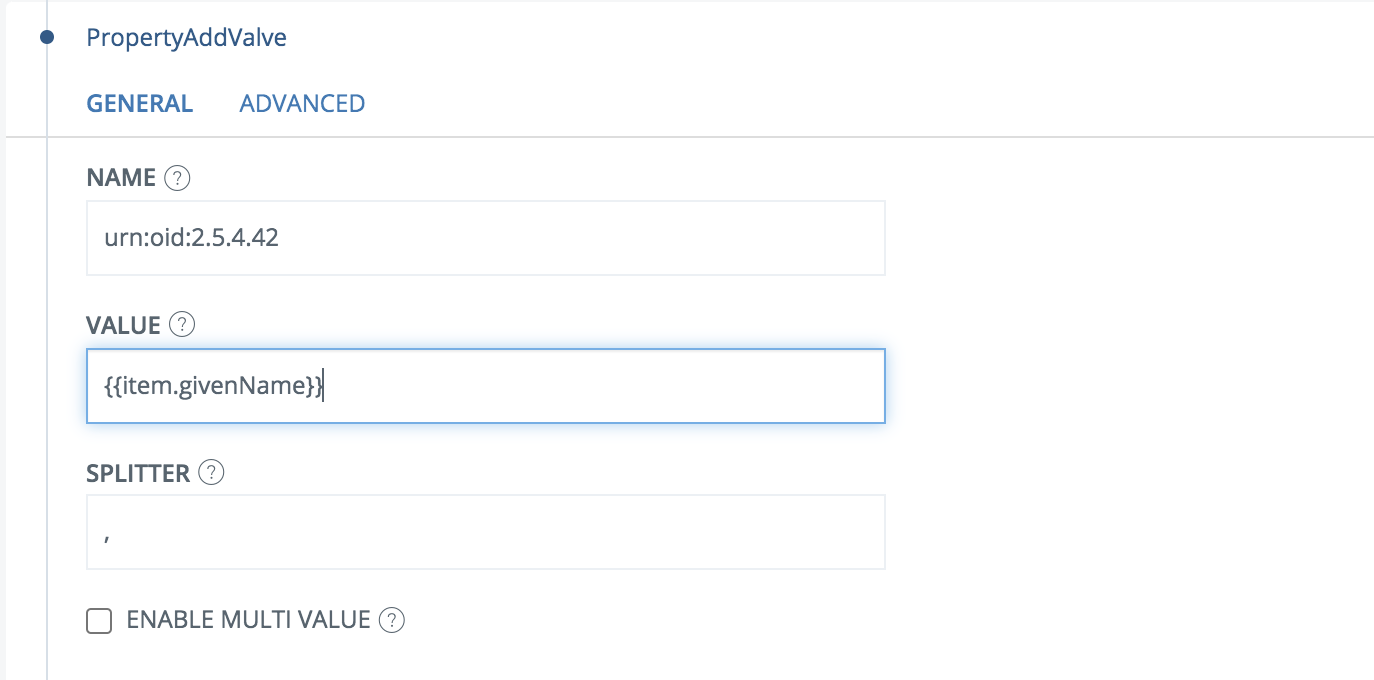Summary
This document will guide you through the steps to enable multi-factor authentication and SSO for the hospital CTG data management system Milou (https://www.medexa.se/en/milouenglish/)
System Requirements
- PhenixID Authentication Server 3.0 or higher
- Milou system administrator technical contact
Instruction
Configure PhenixID Authentication Services as Identity Provider
- Setup PhenixID Authentication Services as a SAML IdP using one of the Federation scenarios described here. (If the desired authentication method is not provided by a scenario, use the documentation for the SAML authenticator here)
- Go to Scenarios->Federation-><YOUR_IDP>->Identity Provider
- Add a Post SLO url: https://<your_phenixid_domain>/saml/authenticate/logout/
- This integration has two options regarding SAML attributes:
- Using commission (Medarbetaruppdrag)
- Not using commission (Medarbetaruppdrag)Your organization will decide.
For more info about option #1, please view the last section of this page.
With option #1, a commission-selector must be added to the IdP flow. Please contact PhenixID for support.
- Go to Scenarios->Federation-><YOUR_IDP>->Execution Flow
- To populate the SAML assertion with the correct data, please make sure to fetch these attributes: (How the attributes are fetched will differ based on your environment / user stores etc).
- Using commission:
givenName
employeeHsaId
sn
occupationalCode
healthcareProfessionalLicense
systemRole
commissionHsaId
commissionName
commissionRight
commissionPurpose
healthCareUnitHsaId
healthCareUnitName
healthCareProviderHsaId
healthCareProviderName(For more infomation about these attributes, please view the sambi attributes specification.)
- Not using commission:
givenName
employeeHsaId
sn
occupationalCode
healthcareProfessionalLicense
systemRole(For more infomation about these attributes, please view the sambi attributes specification.)
- Using commission:
- Make the following adjustments to the execution flow.
- Add a PropertyAddValve for each attribute above where name = <urn:oid-name-for-each-attribute> and value = {{item.<name_of_the_attribute_above>}}.
Example:

The urn-oid-values should map according to this list:
urn:oid:2.5.4.42 (givenName)
urn:oid:1.2.752.29.6.2.1 (employeeHsaId)
urn:oid:2.5.4.4 (sn)
urn:oid:1.2.752.221.100.1.1 (occupationalCode)
urn:oid:1.2.752.116.3.1.3 (healthcareProfessionalLicense)
urn:oid:1.2.752.29.4.95 (systemRole)
urn:oid:1.2.752.29.6.12.1 (commissionHsaId)
urn:oid:1.2.752.29.6.12.2 (commissionName)
urn:oid:1.2.752.29.4.124 (commissionRight)
urn:oid:1.2.752.29.4.125 (commissionPurpose)
urn:oid:1.2.752.29.6.13.1 (healthCareUnitHsaId)
urn:oid:1.2.752.29.6.13.2 (healthCareUnitName)
urn:oid:1.2.752.29.6.10.1 (healthCareProviderHsaId)
urn:oid:1.2.752.29.6.10.2 (healthCareProviderName)(For more infomation about these attributes, please view the sambi attributes specification.)
- Place all of the PropertyAddValves before the AssertionProviderValve.
- Click AssertionProvider
- Set NameID Attribute = urn:oid:1.2.752.29.6.2.1
- Set additional attributes based on the options above.
Option #1:
urn:oid:2.5.4.42,urn:oid:1.2.752.29.6.2.1,urn:oid:2.5.4.4,urn:oid:1.2.752.221.100.1.1,urn:oid:1.2.752.116.3.1.3,urn:oid:1.2.752.29.4.95,urn:oid:1.2.752.29.6.12.1,urn:oid:1.2.752.29.6.12.2,urn:oid:1.2.752.29.4.124,urn:oid:1.2.752.29.4.125,urn:oid:1.2.752.29.6.13.1,urn:oid:1.2.752.29.6.13.2,urn:oid:1.2.752.29.6.10.1,urn:oid:1.2.752.29.6.10.2
Option #2:
urn:oid:2.5.4.42,urn:oid:1.2.752.29.6.2.1,urn:oid:2.5.4.4,urn:oid:1.2.752.221.100.1.1,urn:oid:1.2.752.116.3.1.3,urn:oid:1.2.752.29.4.95
- Save
- Add a PropertyAddValve for each attribute above where name = <urn:oid-name-for-each-attribute> and value = {{item.<name_of_the_attribute_above>}}.
- Go to Scenarios->Federation-> <newly_added_scenario> -> Identity Provider. Deselect “Require signed requests”.
- Save.
- Then export your SAML IdP metadata by going to the URL:
https://<YourServerDomainName>/saml/authenticate/<authenticator_alias>?getIDPMeta
and download the metadata to a xml file.
Configure Milou
- Send the downloaded IdP metadata to your Milou contact.
- The Milou contact will now configure Milou and send a SAML SP metadata file.
Add Milou as trusted Service Providers in PhenixID Authentication Services
- Login to configuration manager
- Scenarios->Federation
- SAML Metadata upload
- Add the Milou SAML SP metadata file.
Test
Browse to Milou.
You should be redirected to PhenixID Authentication Services.
Authenticate (with or without commission-selection based on the organization setup).
You should be redirected back to Milou.
You should now be logged in to Milou.
DISCLAIMER
Information provided in this document is for your information only. PhenixID makes no explicit or implied claims to the validity of this information. Any trademarks referenced in this document are the property of their respective owners.The origin of this information may be internal or external to PhenixID. PhenixID makes all reasonable efforts to verify this information.
PhenixID - support.phenixid.se